Scratch Removal & Prevention
Windows are frequently scratched by razor blades or other sharp objects that come into contact with the glass during the construction or rennovation of residential, commercial, industrial and Homeowners association properties. Often the glass is succeptable to scratching because of the tempering process performed on the glass. This process of cutting and re-baking or tempering the glass can fuse the glass dust particles onto the surface. When they are dislodged by razor scrapers, the debris causes fine scratches where the razor and glass dust meet on the tempered surface.
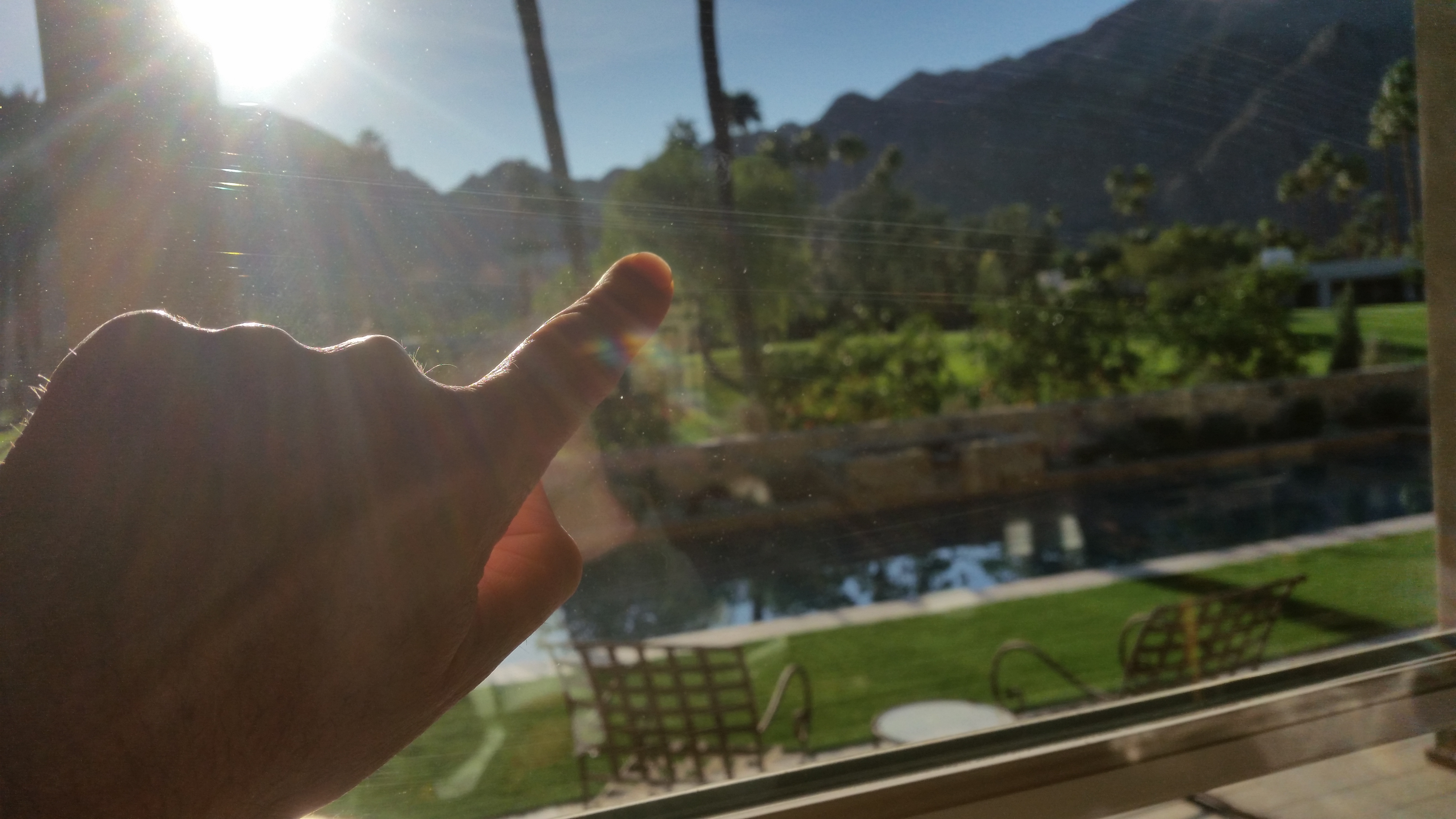
We can remove these scratches and reduce the liklihood of their return by applying the patented Diamon-Fusion® coating to the glass surface.
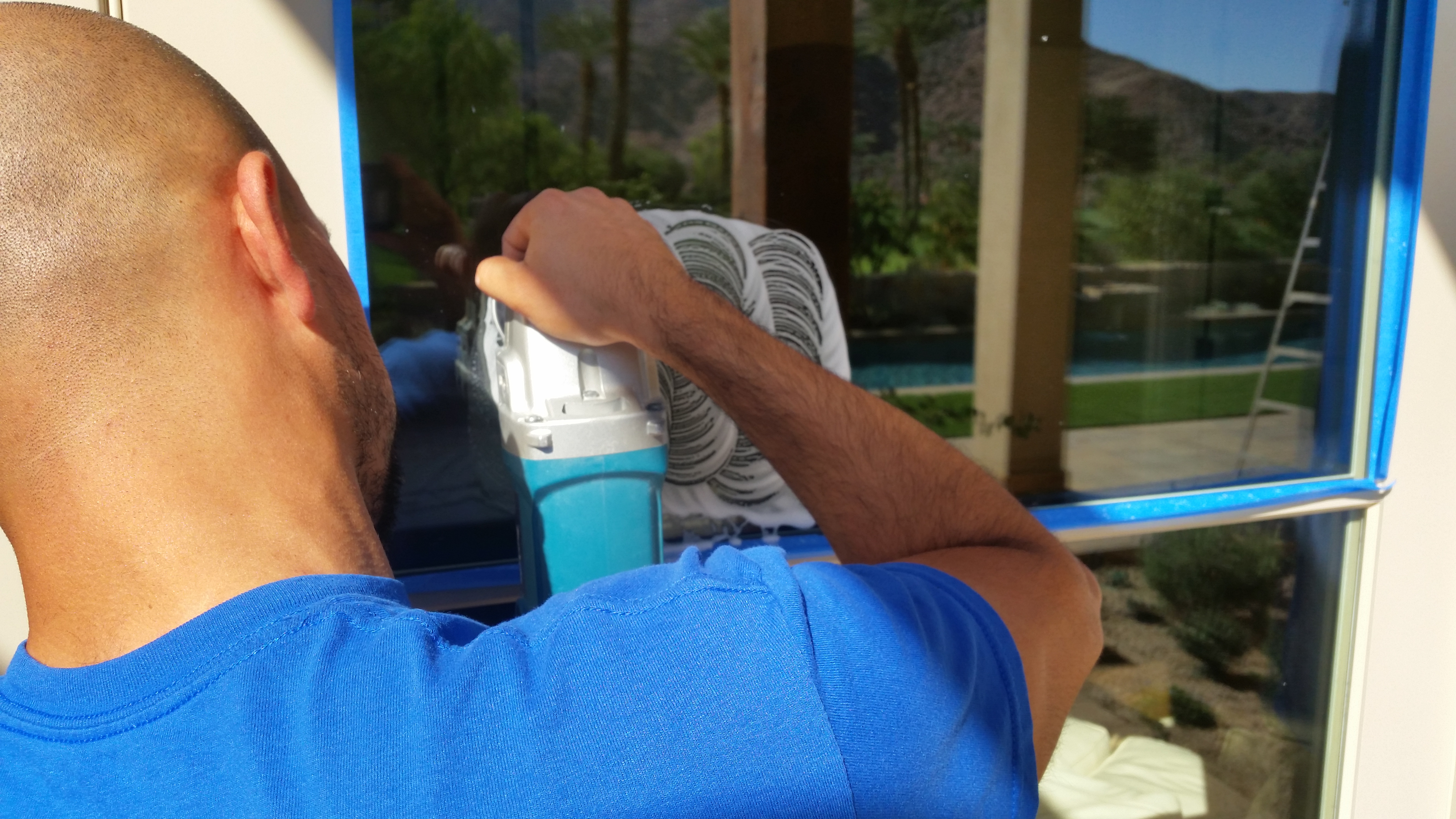
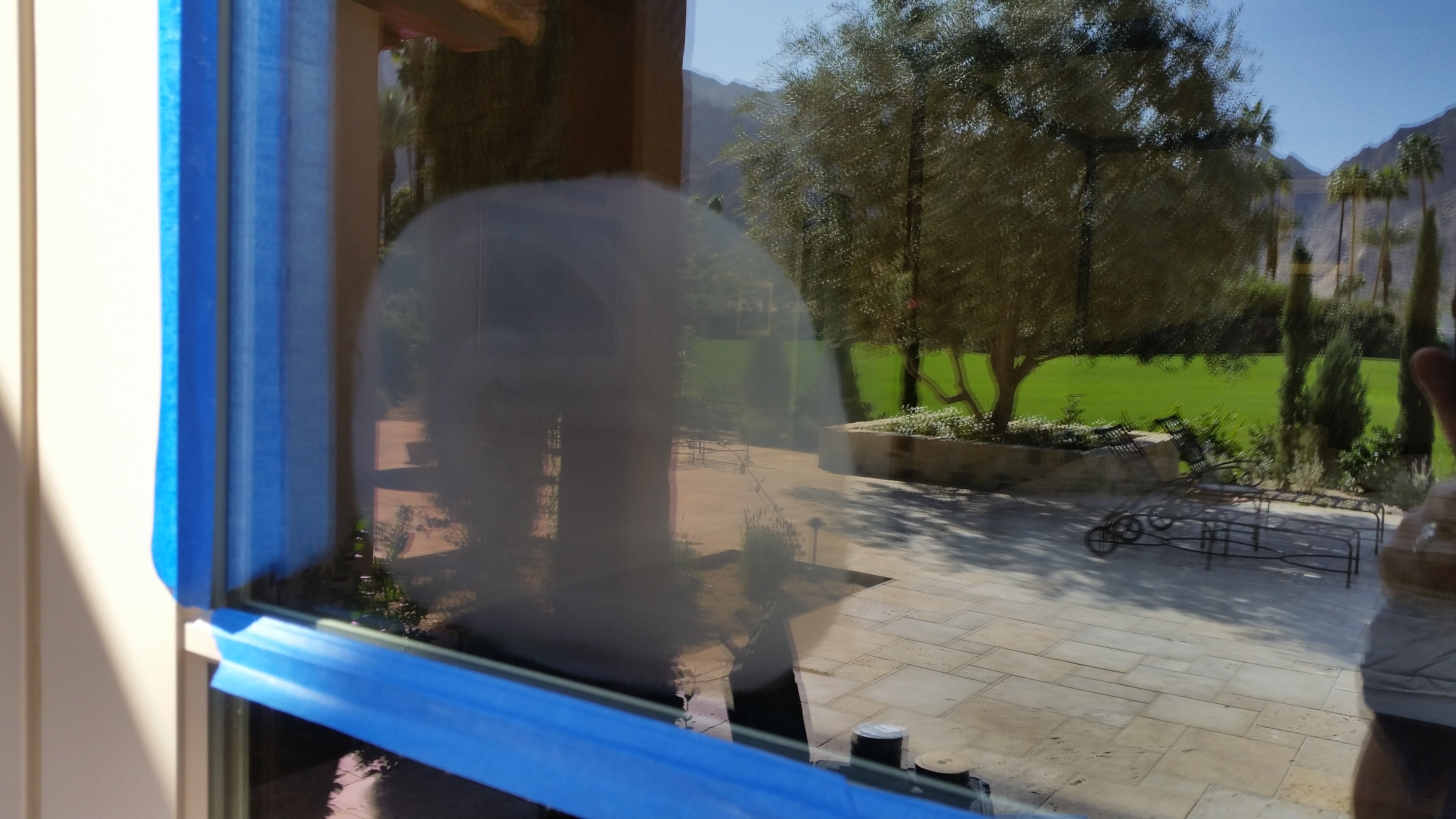
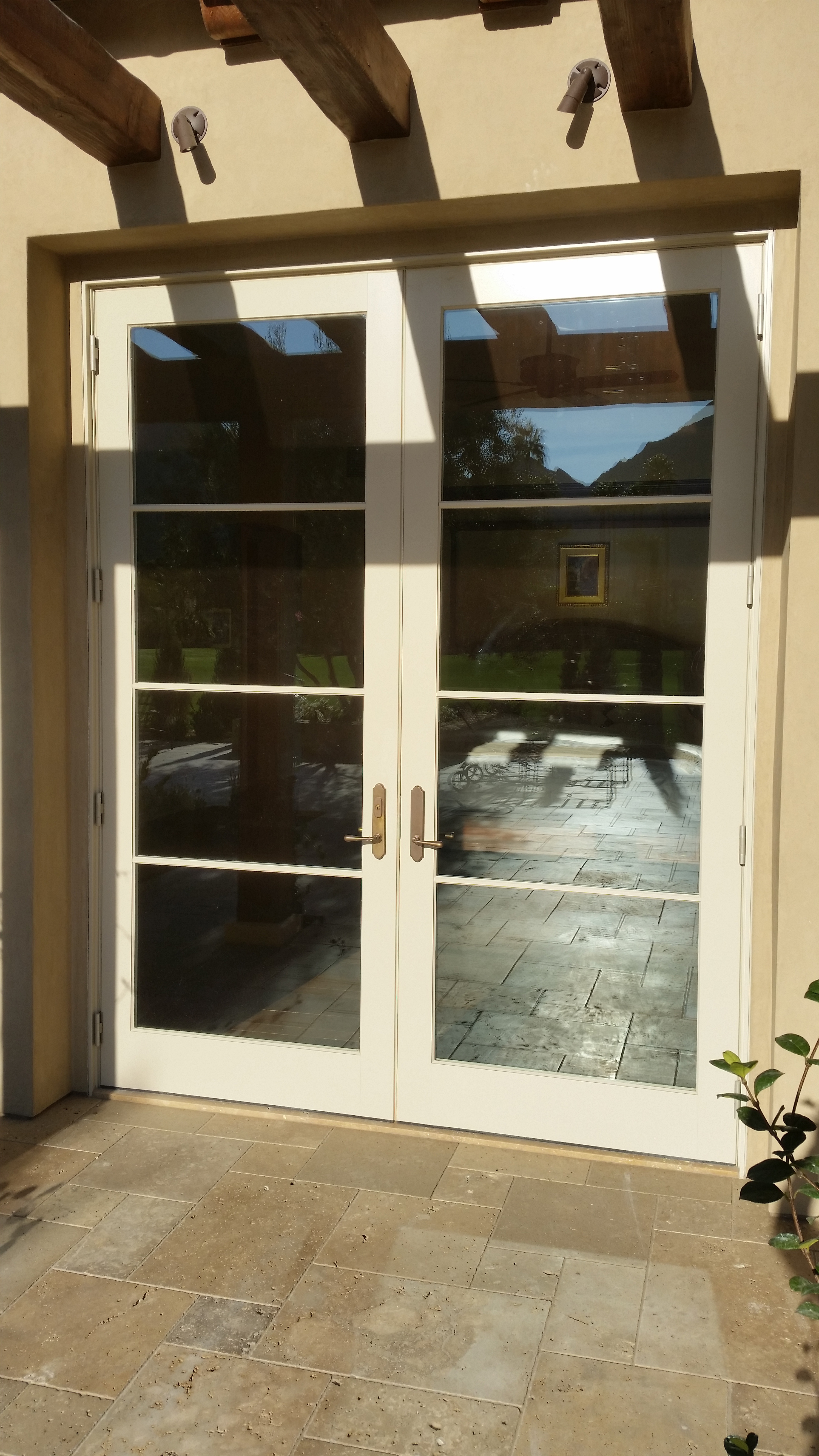
Large expansive sliding glass doors can sometimes pass across the secondary stationary glass panel causing the metal to scrap across the bowing glass surface causing deeply engrained scratches. These scratches can be deep enough to cause fracturing of the surface, the deepest and most damaging kind of scratch. We can fix these difficult scratches and reduce the liklihood of their return by applying the Diamon-Fusion® coating to the glass sliding doors.
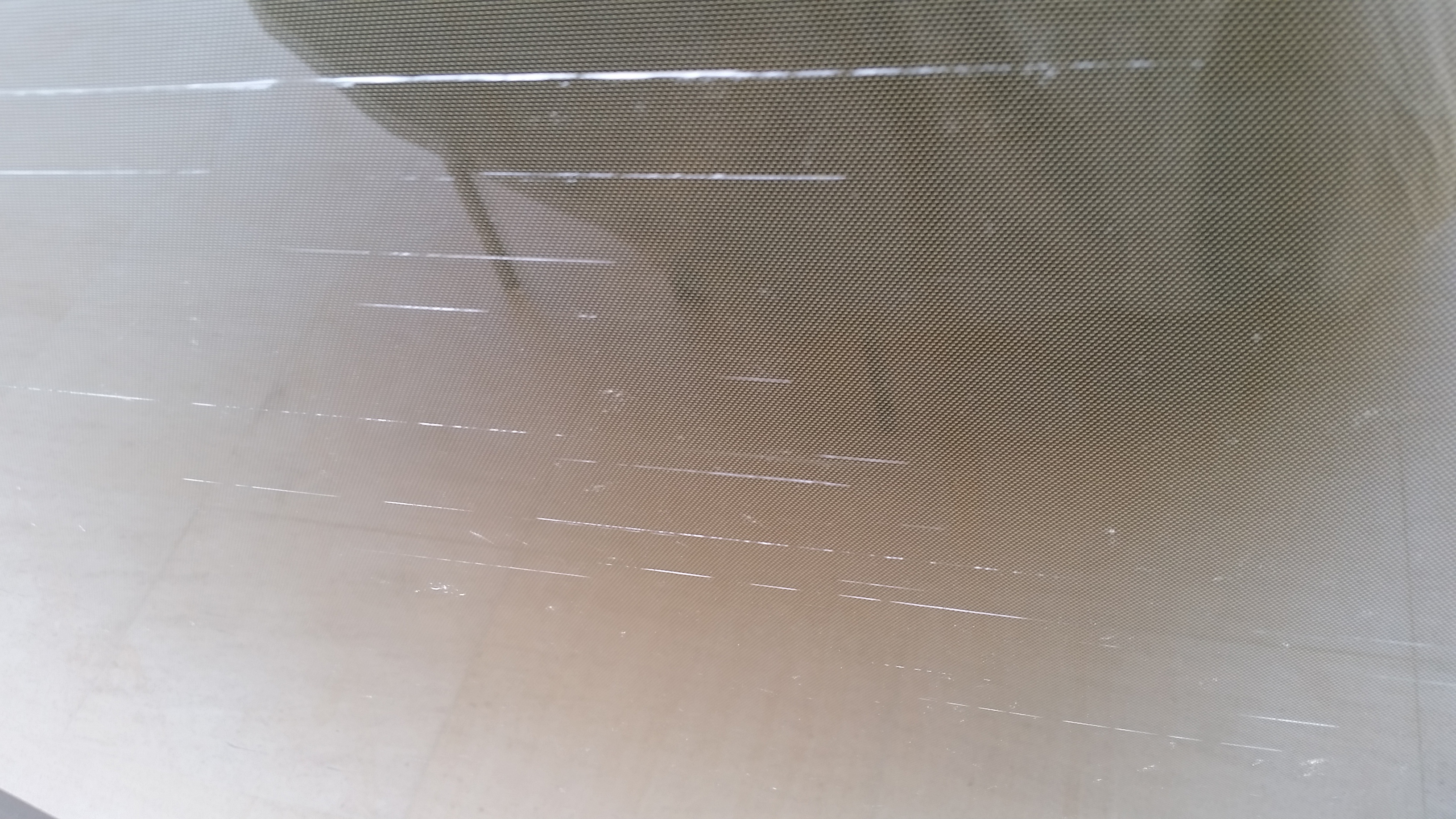
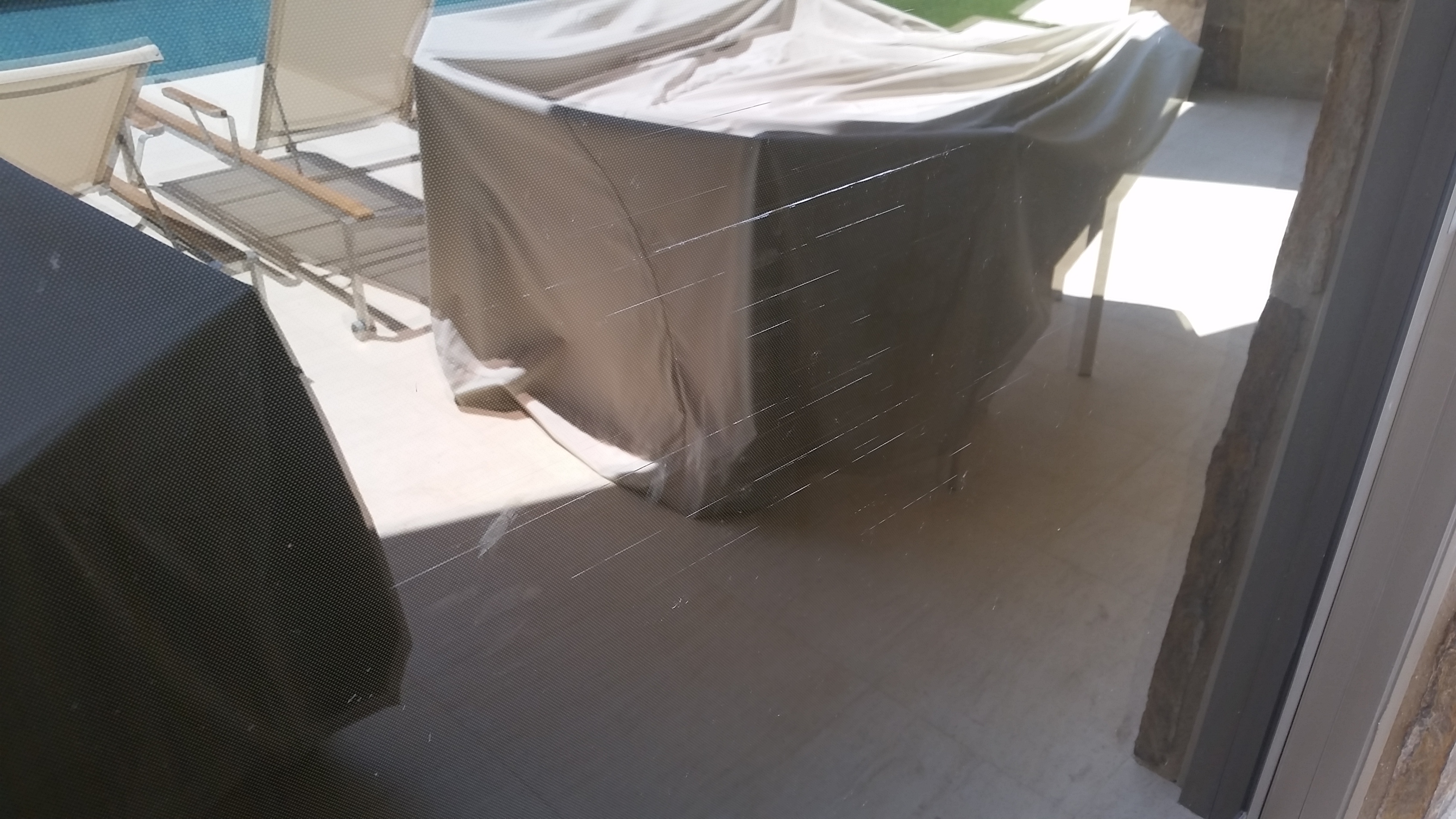

Acid etching grafitti is a form of glass damage caused by acid burns mixed with piant or white shoe polish. Somtimes it is accompanied by scratching underneath the acid etching damage. We remove and apply the Diamon-Fusion® process to frustrate the future re-tagging efforts of criminals by making the acid not stick to the glass in the same manner as ordinary glass. This dissuasion helps reduce return taggers.
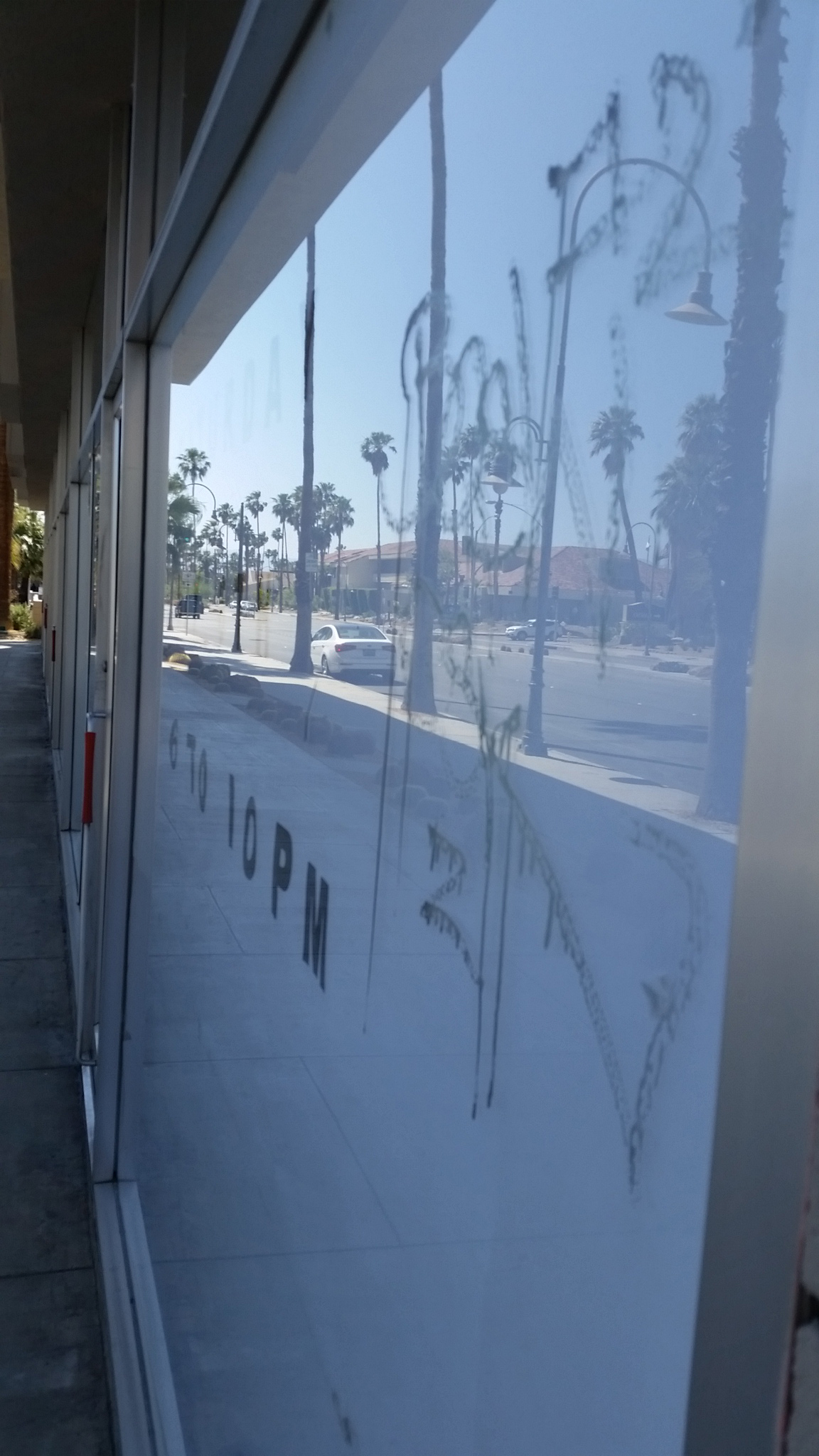
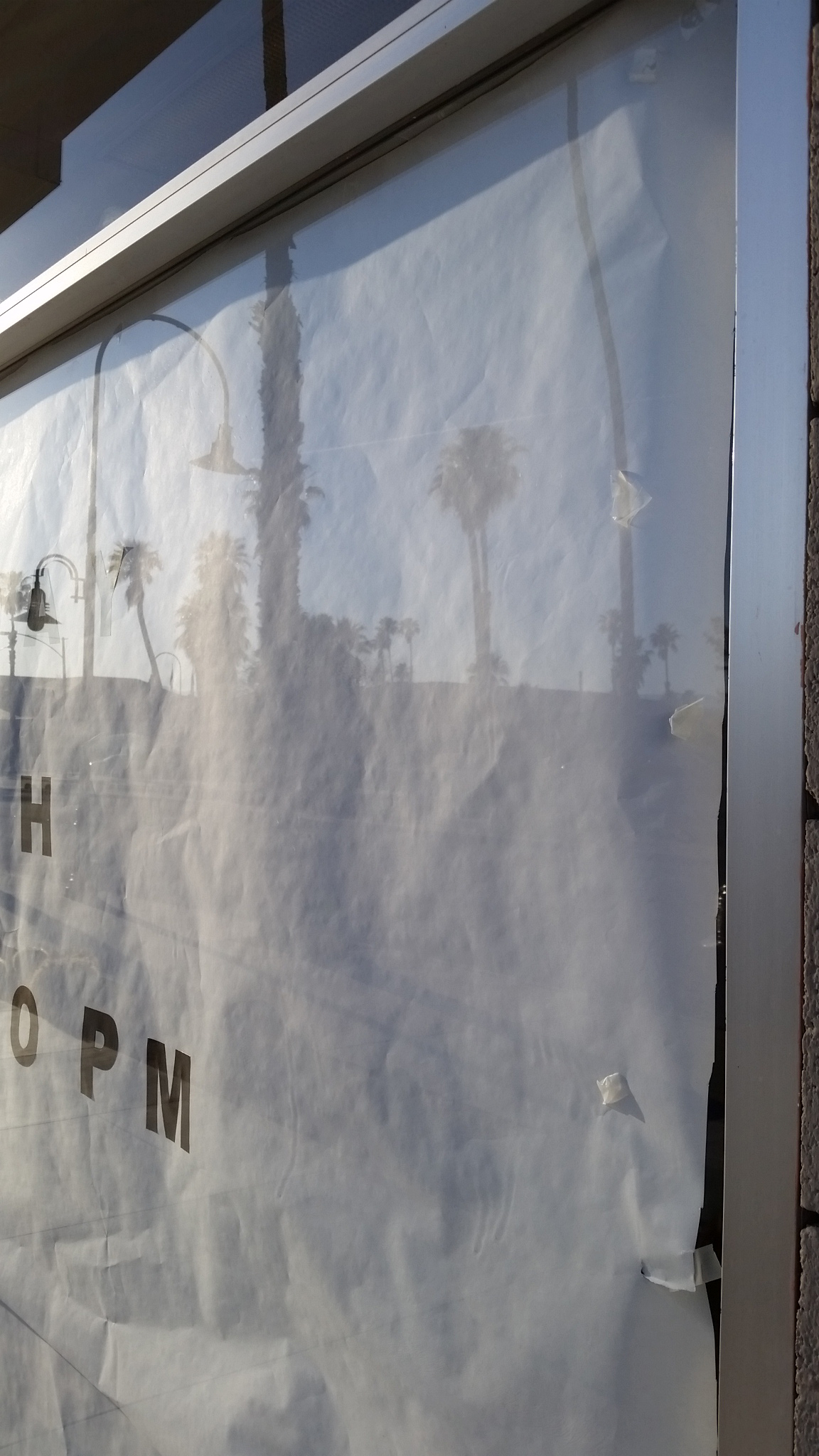
Expensive residential properties often have glass that has been installed in such a manner that makes replacement prohibitively expensive. This glass is usually tempered and succeptable to scratch damage.
Like most other glass restoration projects, we can fix the problem by removing the scratches instead of requiring replacement. We follow up with the Diamon-Fusion® protective coating that makes the glass 10x harder to scratch.
Glass Scratch Prevention and Reduction
Glass scratches can be reduced or eliminated by reducing the coefficient of friction on the surface. This change to the surface basically makes it more slippery and deprives the material of the traction need to grab and cause surface scratches.
| Material | µ |
| Untreatred Glass | 0.82 |
| Improved Diamon-Fusion® | 0.13 |
To make the test results for coefficient of friction useful, we have used a formula that translates the data into the force required to cause damage to the surface. Assume that a load of 10 lbs. has been placed on the rider under static conditions, and that this is the lowest load that caused cracking (no dragging). Using the formula we can now calculate the load that would cause cracking to occur when the rider is dragged across the sample.
| Material | Load (lbs) |
| Untreatred Glass | 0.37 |
| Improved Diamon-Fusion® | 4.00 |
Note that when comparing wet vs. wet friction calculations indicate that it would take more than 11.76 times the load (4.0 lbs. vs. 0.37 lbs.) to cause damage on your treated sample vs. the untreated.
In other words, the weight of a debris particle required to crack or scratch a piece of glass that has been treated with Diamon-Fusion® would need to be ten times heavier than the weight required to crack an untreated piece of glass.